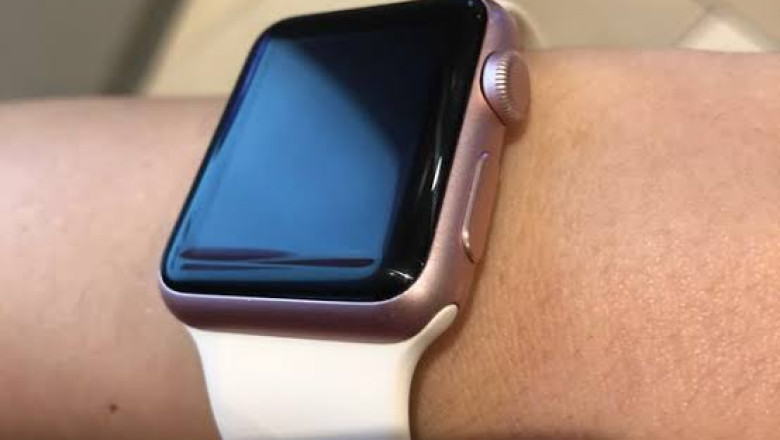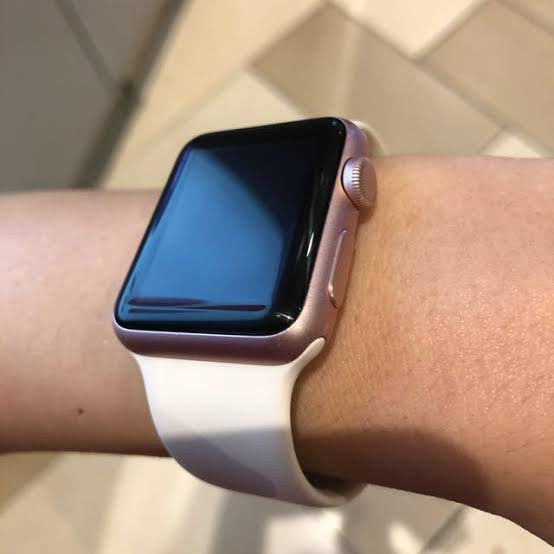views

1. Smart watches an early detection for Parkinson’s disease

A recent research conducted by the UK Dementia Research Institute at Cardiff University analyzedata gotten from 103,712 smart watch users using artificial intelligence. This research was done by collecting data stored on smart watches and tracking usersspeed of movement over a single week, this data where gotten from 2013 and 2016, they were able to predict which individual would go on to develop Parkinson's disease. This research showed that smartwatches could accurately predict those who would go on later to develop Parkinson’s disease. This was done by comparing data between group ofparticipant who have already been diagnosed with Parkinson’s disease and those who went on later to receive diagnosis up to seven years after the smart watch data was collected, these group of persons were also sex and age-matched along side healthy people.
The researchers also said that smart watches did not onlyreveal that the AI could be used to tell those who would later develop this disease but was also found to be more accurate compared to other predicting factor such as using risk factor or other recognized early signs of this disease, this model was also able to predict time for diagnosis.
Researchers also said this smart watches could be the new screening toolwhich will allow for early detection of the disorders as compared to thepresent screening technique which limits early dictation of this disease, wherethe disease can only be detected when brain cells begins to die.
Remember Parkinson’s disease is a disorder in the brain which leads to unintended and uncontrollable movements, such as shaking uncontrollable, stiffness of muscles plus difficultywith gaining body’s balance and coordination. This occur as a result of nerve cells death of the basal ganglia region in the brain, nerve cells are responsiblefor movement coordination of the body. This nerve cells produces a very important brain chemical called dopamine which helps with movement coordination and hence leads to the unintentionaland uncontrollable movement when death occurs.
People with thisdisease usually lose what is known as nerve endings which in turn produce norepinephrine (an important messagerchemical of the sympathetic nervous system). Most brain cells of individuals with Parkinson’s disease contain Lewy bodies which is unusual clumps of the proteinalpha-synuclein. Scientists are still in the dark as to why the normal andabnormal functions of alpha-synuclein and its relationship to genetic variantsthat impact Parkinson’s and Lewy body dementia.
Parkinson’s hasover the years been traced to be inherited and few cases was associated withspecific genetic variants, most scientist are of the opinion that this diseaseis both genetic and environmental (exposure to toxins).
Studyleader Dr Cynthia Sandor, Emerging Leader at the UK DRI at Cardiff, said:
“Smart watch data iseasily accessible and low-cost. As of 2020, around 30 per cent of the UKpopulation wear smart watches. By using this type of data, we would potentiallybe able to identify individuals in the very early stages of Parkinson's disease within the general population.
“We have shown herethat a single week of data captured can predict events up to seven years in thefuture. With these results we could develop a valuable screening tool to aid inthe early detection of Parkinson’s. This has implications both for research, inimproving recruitment into clinical trials, and in clinical practice, inallowing patients to access treatments at an earlier stage, in future when suchtreatments become available.”
DrKathryn Peall, Clinical Senior Lecturer in the NMHII at Cardiff, said:
“For most people withParkinson’s disease, by the time they start to experience symptoms, many of the affected brain cells have already been lost. This means that diagnosing the condition early is challenging. Though our findings here are not intended toreplace existing methods of diagnosis, smart watch data could provide a usefulscreening tool to aid in the early detection of the disease. This means that asnew treatments hopefully begin to emerge, people will be able to access them before the disease causes extensive damage to the brain.”
Symptomsof Parkinson’s disease includes
· shaking uncontrollable
· stiffness and inflexible muscles
· difficulty with gaining balance and coordination
· slow movement
· difficulty in swallowing, chewing and speaking
· depression and other emotional related illness












Comments
0 comment